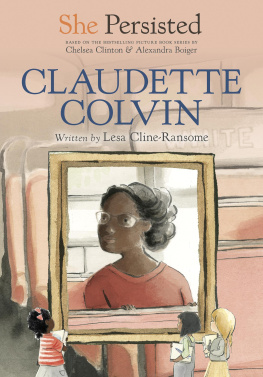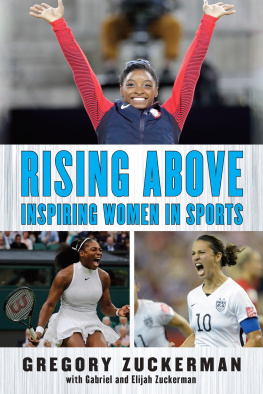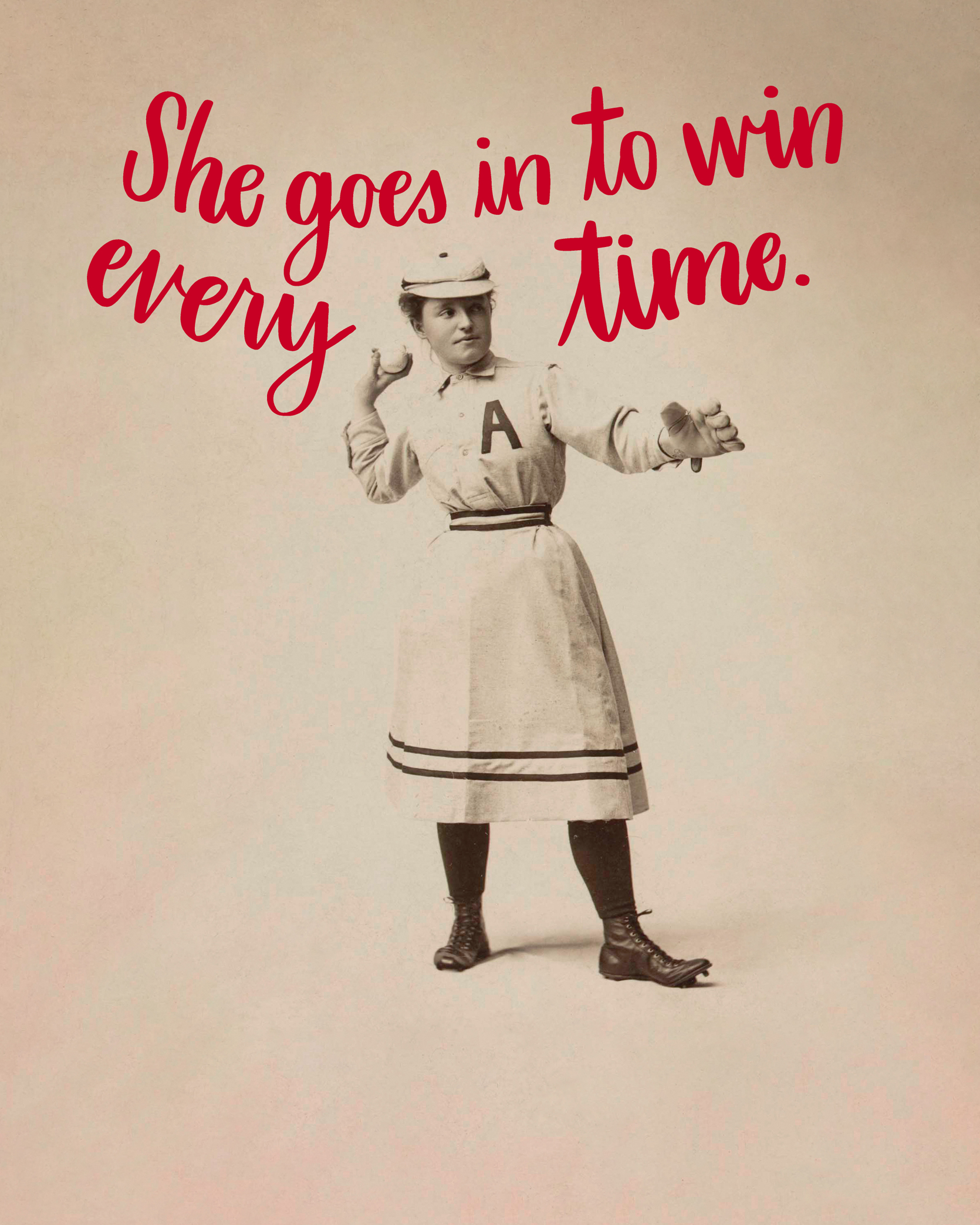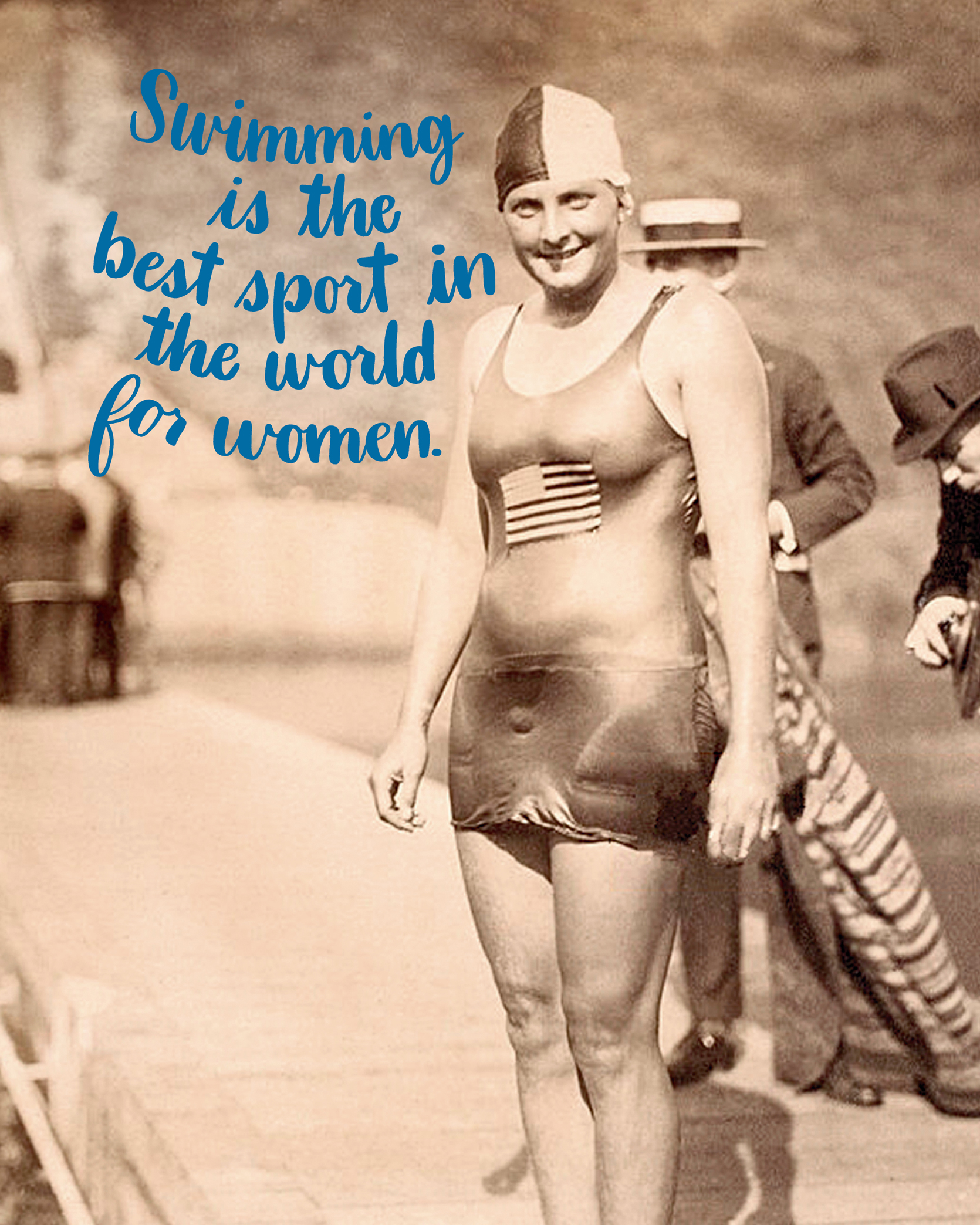Contents
Landmarks
Print Page List
THIS IS A BORZOI BOOK PUBLISHED BY ALFRED A. KNOPF
Text copyright 2020 by Lesa Cline-Ransome
Cover photos clockwise from top left: Nadia Comneci copyright by Bettmann/Getty Images; Serena Williams copyright by Icon Sportswire/Chaz Niell/Getty Images; Mone Davis copyright by Rob Carr/Getty Images; Mia Hamm copyright by Timothy A. Clary/Getty Images
All rights reserved. Published in the United States by Alfred A. Knopf, an imprint of Random House Childrens Books, a division of Penguin Random House LLC, New York. Knopf, Borzoi Books, and the colophon are registered trademarks of Penguin Random House LLC.
Photo credits:
: Mitchell Gerber/Getty Images
Visit us on the Web! rhcbooks.com
Educators and librarians, for a variety of teaching tools, visit us at RHTeachersLibrarians.com
Library of Congress Cataloging-in-Publication Data is available upon request.
ISBN 978-1-5247-6453-1 (trade) ISBN 978-1-5247-6454-8 (lib. bdg.) Ebook ISBN9781524764555
Random House Childrens Books supports the First Amendment and celebrates the right to read.
v5.4
a
Contents
In memory of Louise Stokes (October 27, 1913March 25, 1978), inspiration and fellow Maldonian.
The Malden Meteor, who blazed a trail for all of us
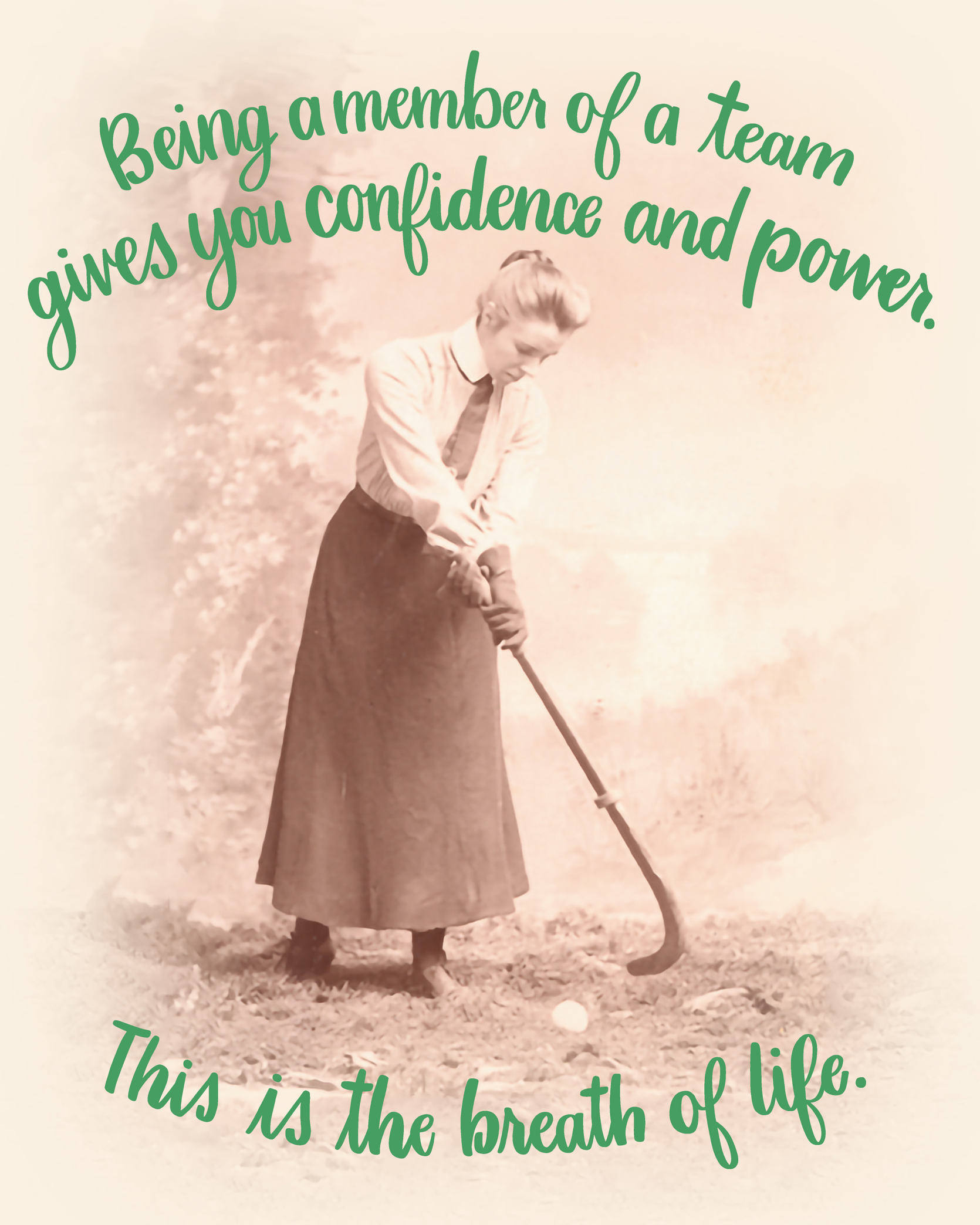
CONSTANCE APPLEBEE
Field Hockey
JUNE 4, 1873JANUARY 26, 1981
WHEN CONSTANCE APPLEBEE BOOKED ROUND-TRIP PASSAGE from England to America in 1901 to take a summer course at Harvard University, she never imagined it would be decades before she used her return ticket. But then Constance, a graduate of the British College of Physical Education, discovered that musical chairs and drop the handkerchief were the main sports offered for female students at American colleges. She took a stand.
We play those games at parties, she told her hosts. For exercise, we play hockey. Gathering up makeshift supplies and willing volunteers, Constance demonstrated the sport she played in her home country. One guest, Vassar athletic director Harriet Ballintine, insisted she demonstrate the sport at her school. From 1901 to 1902, Constance traveled with her equipment from Vassar to Smith to Wellesley to Mount Holyoke to Radcliffe to Bryn Mawr to teach female college students the sport of field hockey and the importance of physical activity. With each school she visited, the popularity of field hockey began to spread to women on college campuses throughout the country.
In 1904, she was hired to coach Bryn Mawrs first field hockey team. As a coach, Constance demanded that her players exercise daily. Those who missed practice were required to pay a fine, which helped cover the cost of equipment, and she often shouted her signature insult from the sidelines: Put your claws on your stick, you one-legged turnip!
Instead of rebelling, her players adored her and insisted her methods made them stronger women. And it was Constances hope that their newfound strength in sports would translate into strength in fighting for womens rights and in the voting booth.
In the 1920s, she founded the Sportswoman, the first magazine devoted entirely to womens athletics, and opened a field hockey camp in Mount Pocono, Pennsylvania, serving one thousand girls taught by the best players and coaches from around the world.
She retired from coaching in 1929 but continued to advise teams and coach her players informally, playing on the fields until she was ninety-seven years old.
LIZZIE ARLINGTON
Baseball
1876(?)1917(?)
A WOMAN HAD TO BE STRONG if she wanted to play baseball in the 1800s. Bats weighed nearly three pounds, and a woman, clad in a heavy wool dress, had to hit the ball, drop the bat, drape her skirt over her arm, and run to first base. Most people agreed with major league pitcher Albert Spalding that baseball was just too strenuous for womankind. But Lizzie Arlington was one woman who disagreed.
Lizzie didnt mind being the first. In the coal-mining town of Mahanoy City, Pennsylvania, Lizzie was the first girl to ride a bicycle. She loved to roller-skate. She competed in polo matches and was a pretty good shot with a rifle. Barely five feet tall and stocky, Lizzie didnt exactly look like a baseball player, but her father and brothers taught her to hit, catch, and slide. Another local, future major league player John Elmer Stivetts, taught her to pitch.
On July 2, 1898, over fifty years after baseball rules were established, Lizzie suited up in a gray uniform with a knee-length skirt and black stockings, her hair tucked in a cap. She stepped on the pitchers mound for the Philadelphia Nationals reserve team as the first woman ever to sign a contract in the minor leagues, playing with all men.
Promoter William Conner became her manager, promising to pay her one hundred dollars per week. He hoped that a woman pitcher would draw thousands to the ball field, but when only five hundred showed, he cut Lizzie loose. Three days later, Lizzie signed herself for a second pitching spot with another minor league team, the Reading Coal Barons, and pitched a scoreless ninth inning. Good for Lizzie! shouted the one thousand fans who bought tickets, two hundred of them women.
Lizzie began barnstormingtraveling all over the countrywith the all-female Bloomer Girls teams. She is a success, one sports reporter wrote, for a woman.
ETHELDA BLEIBTREY
Swimming
FEBRUARY 27, 1902MAY 6, 1978
BY THE TIME THE POLICE ARRIVED at Brooklyns Manhattan Beach, Ethelda was already waist-deep in the water. Handcuffed and led off to jail, seventeen-year-old Ethelda was charged with a criminal offenseremoving her stockings to swim.
Since her very first dip in Saratoga Lake, little Ethelda loved the water. But her parents worried about her. She was sixteen when polio left her spine curved and her body weak. Her doctor suggested she start swimming to help her regain strength. She kept swimming to spend time in the water with her best friend, Charlotte Boyle. Ethelda not only got stronger, she got faster, leaving Charlotte behind time and again. When they swam at Manhattan Beach and the heavy wool from Etheldas swimsuit slowed her down, she peeled off her stockings, resulting in her arrest.
Ethelda continued to spend most of her time in water. She swam so hard and fast, she became the top swimmer in each of her amateur meets and caught the eye of coach Louis de Breda Handley, a former Olympian. He agreed to train her, and she won every race she swam. After only one year of competing, Ethelda raced Australian Olympic gold medalist Fanny Durack during her U.S. tour. She was the first woman to beat the champion. Coach Handley knew Ethelda was ready for deeper waters.


